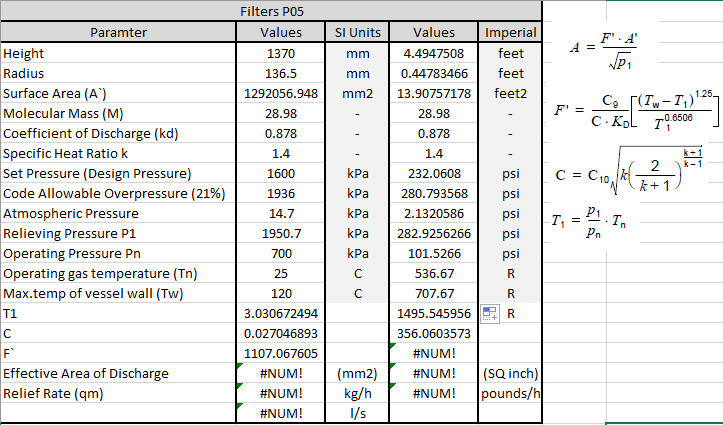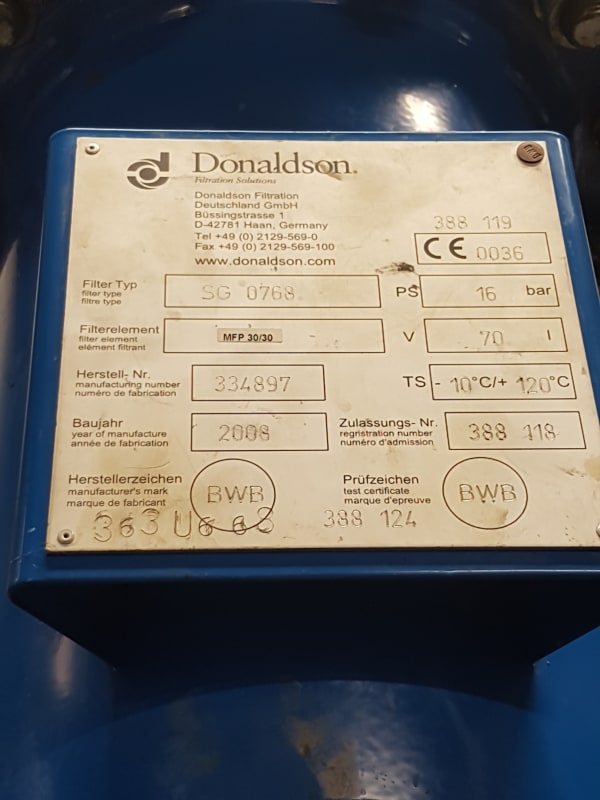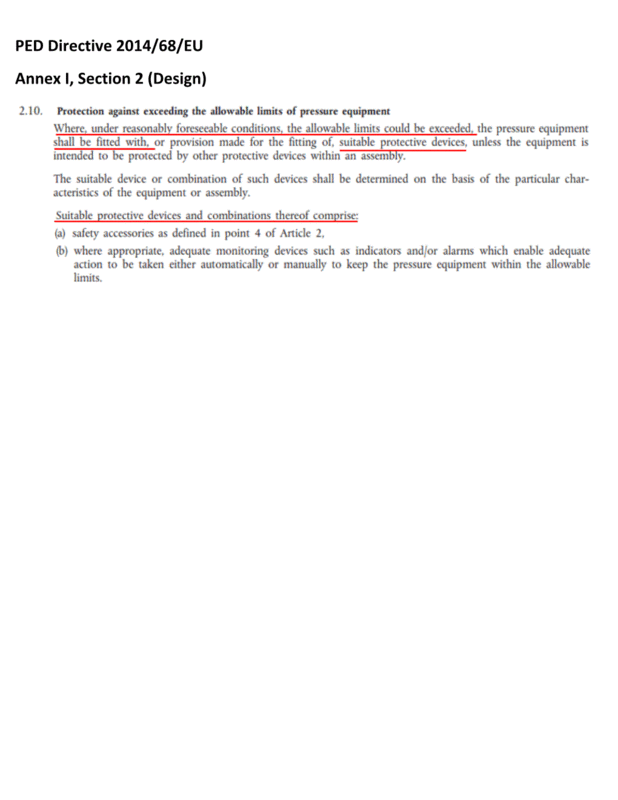ipocoyo
Mechanical
- Apr 17, 2016
- 40
Hi All,
My site consists of 3 air compressors connected in parallel which are connected to an air receiver. The air compressors each have a maximum operating pressure and cut off pressure of 10 bar(g). All the equipment in the compressed air system are rated with a design pressure of 16bar(g). According to API 521, the only credible scenario of over-pressurisation happening is due to an external fire since the air compressors are located in a room beside the boiler. From my understanding, fitting a PSV for the event of an external fire is not regarded as sufficient protection, but does buy extra time in the event of an over-pressurisation. The compressor system will still be lost due to the external fire.
My question is, is it still a requirement to fit a PSV if the only credible scenario is due to an external fire (which does seem unlikely with the different controls in place)? My local standards states that “each pressure vessel shall be protected by a pressure-relieving device that shall prevent pressure from rising to more than 110% of the design pressure of the vessel.” This does seem a bit ridiculous since even the small filters (16bar(g)) are considered as a pressure vessel and thus requires a PSV. Is there anything that I can reference which states that if an event of over-pressurisation is unlikely then a PSV is not required?
Thank you!
Still an intern
My site consists of 3 air compressors connected in parallel which are connected to an air receiver. The air compressors each have a maximum operating pressure and cut off pressure of 10 bar(g). All the equipment in the compressed air system are rated with a design pressure of 16bar(g). According to API 521, the only credible scenario of over-pressurisation happening is due to an external fire since the air compressors are located in a room beside the boiler. From my understanding, fitting a PSV for the event of an external fire is not regarded as sufficient protection, but does buy extra time in the event of an over-pressurisation. The compressor system will still be lost due to the external fire.
My question is, is it still a requirement to fit a PSV if the only credible scenario is due to an external fire (which does seem unlikely with the different controls in place)? My local standards states that “each pressure vessel shall be protected by a pressure-relieving device that shall prevent pressure from rising to more than 110% of the design pressure of the vessel.” This does seem a bit ridiculous since even the small filters (16bar(g)) are considered as a pressure vessel and thus requires a PSV. Is there anything that I can reference which states that if an event of over-pressurisation is unlikely then a PSV is not required?
Thank you!
Still an intern





